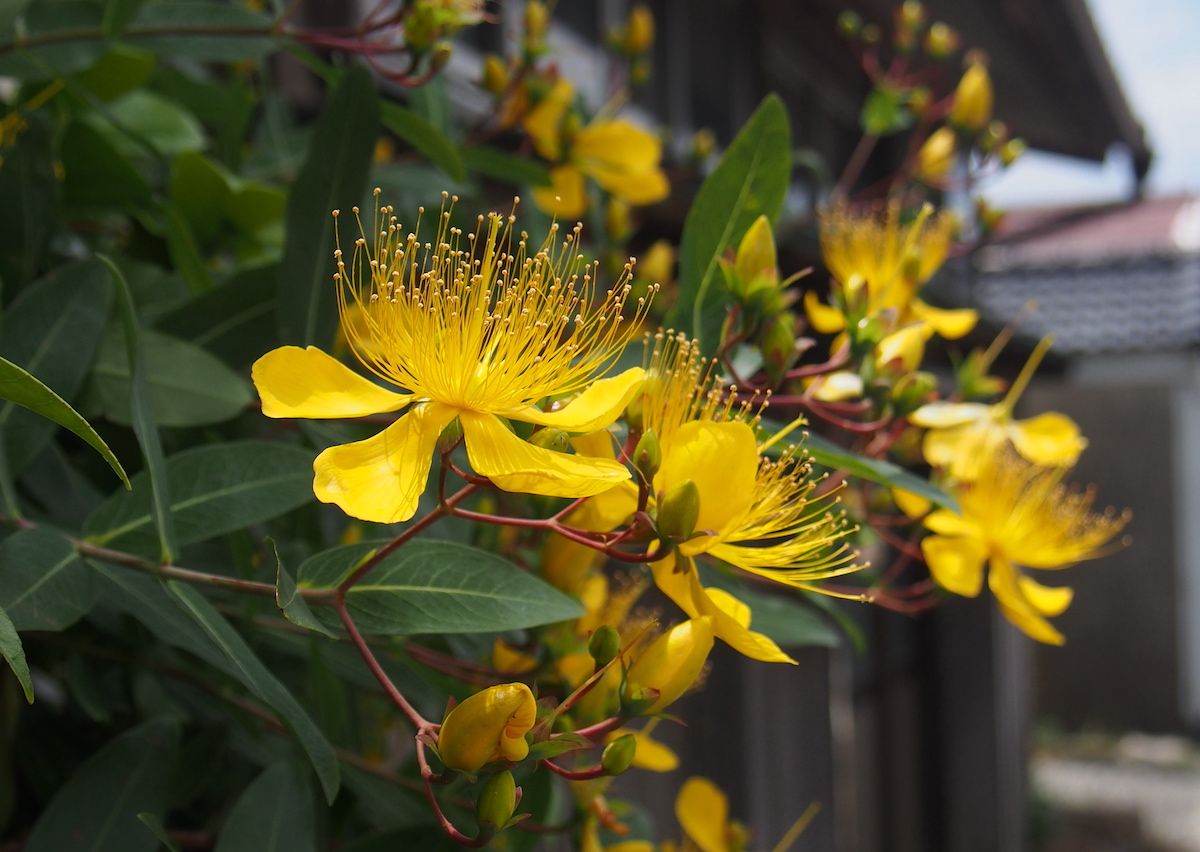
Iwamotoji, nestled within the serene Shimanto Town, where the Shimanto River’s clear waters flow and the Takamindai Plateau rises approximately 300 meters above sea level, is a temple of profound historical depth and spiritual significance. With its origins tracing back to the Tenpyō era, Iwamotoji’s history is rich with tales of devotion and resilience. According to temple lore, it was established under the imperial orders of Emperor Shōmu by the Buddhist monk Gyōki, with the aim of praying for the eradication of calamities and the emergence of blessings. Initially, the temple, as the precursor to Fukuenmanji, boasted seven branch temples and was closely associated with the Niida Myojin, serving as its bettō (chief priest) temple, thus also known as Niida-dera.
The temple underwent significant transformations over the centuries, particularly during the visit of Kūkai, the revered founder of Shingon Buddhism, in the early 9th century. Kūkai reorganized the shrine complex dedicated to Niida Myojin into five separate shrines, each enshrining a distinct deity: Fudō Myōō, Kannon Bosatsu, Amida Nyorai, Yakushi Nyorai, and Jizō Bosatsu, thereby establishing five branch temples. This act of reorganization led to the temple complex being known as the Twelve Fukuchi temples and the shrines as Niida Goshō.
The temple faced decline during the Tenshō era due to wars and was later reborn under the stewardship of Iwamotoji, which had by then assumed control over all local shrines. The temple flourished in the Sengoku and Edo periods, receiving patronage from warlords and daimyos, which helped it become a prominent center of syncretism between Shinto and Buddhism. However, the Meiji era's policy of separating Shinto and Buddhism forced Iwamotoji to part ways with the Niida Goshō, concentrating the worship of the five principal deities within its precincts. This period marked a challenging phase for the temple, as it faced the destruction of Buddhist temples (Haibutsu Kishaku) and lost most of its temple lands.
Despite these challenges, Iwamotoji has gradually restored its buildings and grounds, maintaining its status as a significant site of worship and pilgrimage. It is distinguished by being the only temple in the Shikoku Pilgrimage that enshrines five principal deities. The temple’s main hall and inner sanctum feature a coffered ceiling adorned with 575 paintings, a collection that attracts visitors and reflects the temple’s rich cultural heritage. These paintings, along with the temple’s annual events such as the Setsubun and Hanamatsuri festivals, contribute to its vibrant community engagement and spiritual offerings.
Moreover, the pilgrimage route from Iwamotoji to the next temple, Kongofukuji, is notably the longest stretch between temples on the Shikoku Pilgrimage, covering over eighty kilometers. This demanding journey, which can take up to three days to complete, underscores the physical and spiritual endurance required by pilgrims, highlighting Iwamotoji’s role in the arduous path of self-discovery and devotion that defines the Shikoku Pilgrimage.
In summary, Iwamotoji stands as a beacon of spiritual resilience and cultural richness, embodying centuries of history, art, and religious practice within its serene and welcoming precincts.
Hours
ClosedAmenities & Facilities
Key Distances & Elevations










